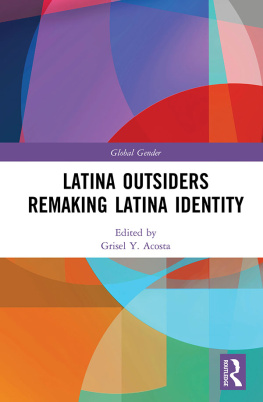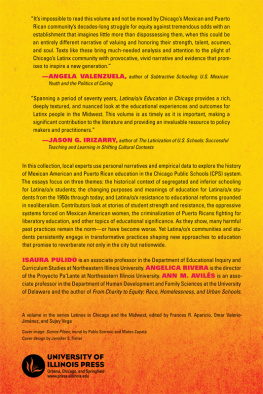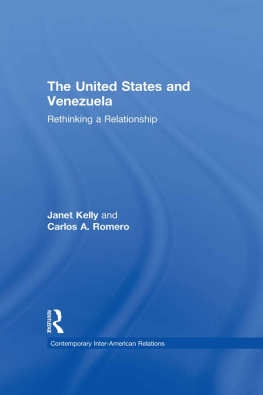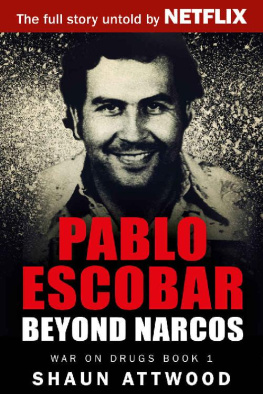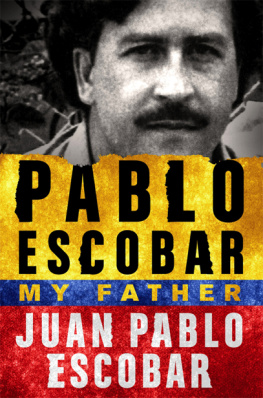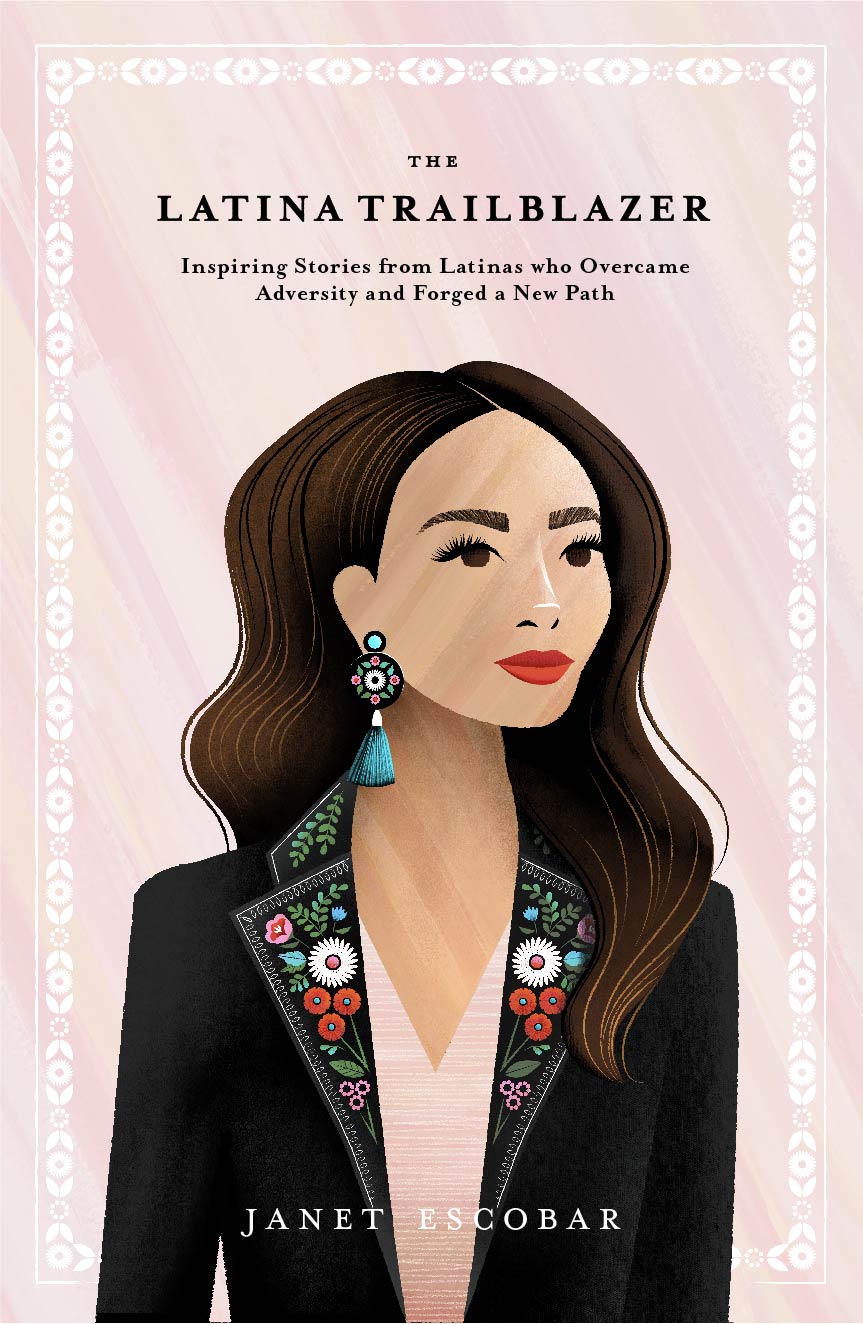Introduction
Life is a series of paths.
Some are given clear paths forged by their ancestors.
Some of us have to forge new paths and blaze new trails for ourselves and the next generation.
We might feel like imposters, we might not have great connections, and we might lack the same resources as our counterparts. However, this adversity becomes our strength and the source that fuels us to succeed.
We may feel like imposters, but the truth is we are trailblazers.
We may not have great connections, but we have community.
We may lack resources, but we are resourceful.
In this book youll read inspiring stories about Latinas who overcame poverty, racism, self-doubt, and insecurity. This book is about embracing the stories of our immigrant parents and developing a growth mindset. Its about highlighting the fact that you have power within. Its more than simply highlighting our struggles; its about how our struggles make us who we are. Its about healing our trauma and strengthening our mindset.
This book is not about the questionable view of the American dream and doesnt account for all the systemic factors that may oppress us. This book doesnt account for all the unique experiences Latinas have growing up in the United States. It would be impossible to write a book that accounted for all the socioeconomic, racial, gender, and identity factors that are a part of someones Latinx experience.
However, I hope you connect with the stories in the book because they are meant to inspire you and give you hope. Theyre meant to inspire the next generation to improve our communities.
While I use the term Latinx and Latina throughout this book, they can be used interchangeably, and I hope anyone, regardless of gender and identity, will be inspired by the stories in this book.
Why did I write this book?
I wrote this book because Ive read many amazing books about successful people who didnt look like me. I thought, What about people like me, who were the first in their family to go to college and had to figure it out on their own?
I grew up with a single mother, and I didnt have any mentors who could guide me through higher education or the professional world. And instead of dwelling on my past, this lit a fire in me to empower the next generation of Latinas.
The first step to becoming a Latina trailblazer is embracing your first-gen experience.
Part I:
Embrace Your Roots
Chapter 1
Your Legacy Starts with Your Ancestors
Do you remember the family tree you created out of cardboard and crayons when you were in elementary school? How far back in your lineage did you get? If your cardboard tree looked like mine, you probably had a couple of missing gaps in your branches. In my case, it was my fathers entire side. I grew up with a single mother, who left Mexico when she was eighteen years old, but as I got older, I started wondering about the missing lineage. Who were they, what were they like, their interests, flaws, and passions?
In Awele Makebas TED Talk StoriesLegacies of Who We Are, she explains that knowing the lessons of our ancestors will guide our path toward self-fulfillment. Learning about our history and ancestors can show us why we are the way we are and will help us find ourselves.
While I dont have detailed stories of all my ancestors, I do have my moms legacy to carry me when Im feeling lost.
When my mom was seven years old, she was full of light and energy, and like any other seven-year-old, she had big dreams.
However, like many people who grow up in poverty, she couldnt afford the luxury of entertaining those dreams. She had to put her aspirations in a box and bury them. My mom grew up in Mexico, Jalisco with an abusive mother and absent father, and at eight years old, she was forced to take care of herself and her four siblings. She cooked, cleaned, and was the parental figure. If that wasnt already a lot to take on as a child, my grandma, who worked all day, didnt encourage my mom to go to school. She thought it would get in the way of her raising her siblings.
My mom fearlessly rebelled because going to school was her only outlet to release her creativity and entertain her dream of being a neurosurgeoneven if it was for only a moment. Once she became a teenager, she decided to pursue her passion and worked two jobs to pay for nursing school. In her notebooks, she used every bit of lead in her pencil and then erased her notes after she finished the course because she needed to reuse her notebook.
After a couple of years, she finally graduated at the top of her class with tears in her eyes. Unfortunately, her tears were not of happiness but disappointment and sorrow because she knew she wouldnt be able to continue her dream of becoming a neurosurgeon. The books and medical equipment were even more expensive, and seeing her siblings malnourished from the lack of food was devastating. Thats when the idea of coming to America started.
She had always heard about the American dream when she was younger. In her community, kids and parents would gather around and tell stories of the lavish lifestyle Americans lived. She wondered what it would be like to live the American dream, so she substituted her dream of becoming a doctor for a dream of living a rich life in the US. She felt heartbroken and guilty for leaving her siblings behind, but she knew she could provide a better life for them if she immigrated to the US.
At eighteen years old, she hopped in a car with a coyote (a person who smuggles immigrants) to begin her journey to the US. She traveled with nothing but the phone number of her estranged brother who was helping her cross the border written on the inside of her shirt. Gripping her shirt to make sure it didnt get wet in any way, she lay on the cold floor of a trailer with fifteen other strangers. They had their eyes pinned to the piles of shaky cargo wood above them as they made their way toward the US. They approached the border, and she held her breath as the border patrol inspected the van. Go on, the inspector said, and they continued their journey.
After arriving to the U.S, she never looked back. She immediately got two factory jobs and has worked ever since. For years her daily routine included dropping my siblings off in daycare, taking the bus to her factory job fearful that ICE would one day deport her, and stopping by the local Latinx grocery store to send money to her family in Mexico.
For most of her life in the US, she lived in survival mode.
Flash forward to present day, my mom is a US citizen and the owner of Guadalajara Beauty Salon.
Watching my mom turn every obstacle into a positive outcome has inspired me to look at every obstacle that has been thrown my way as something I can build on.


